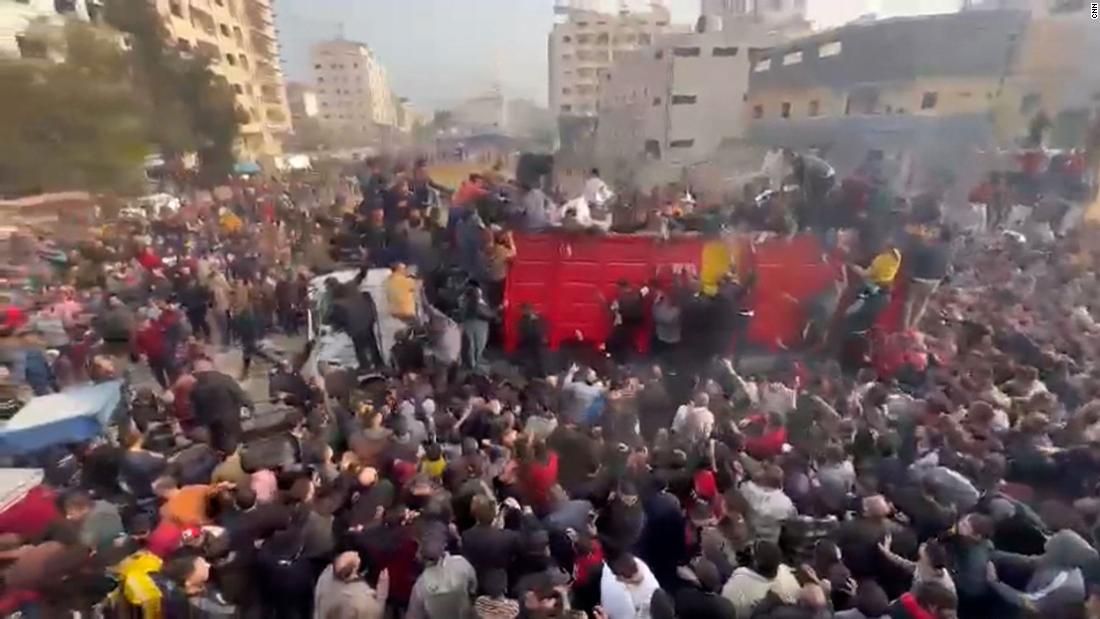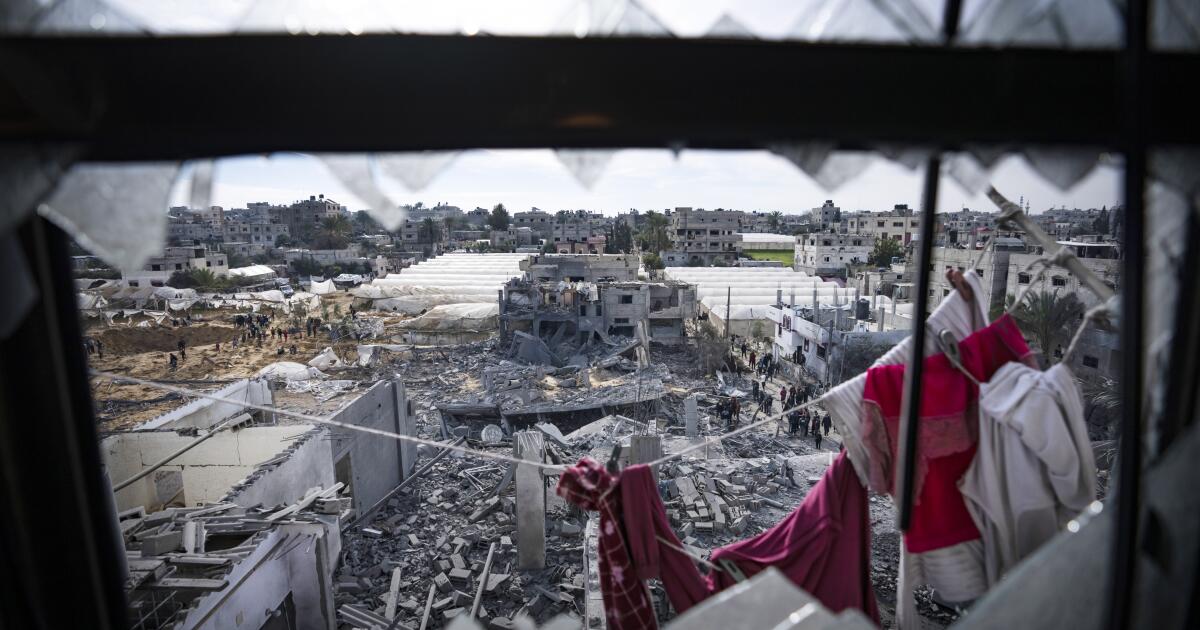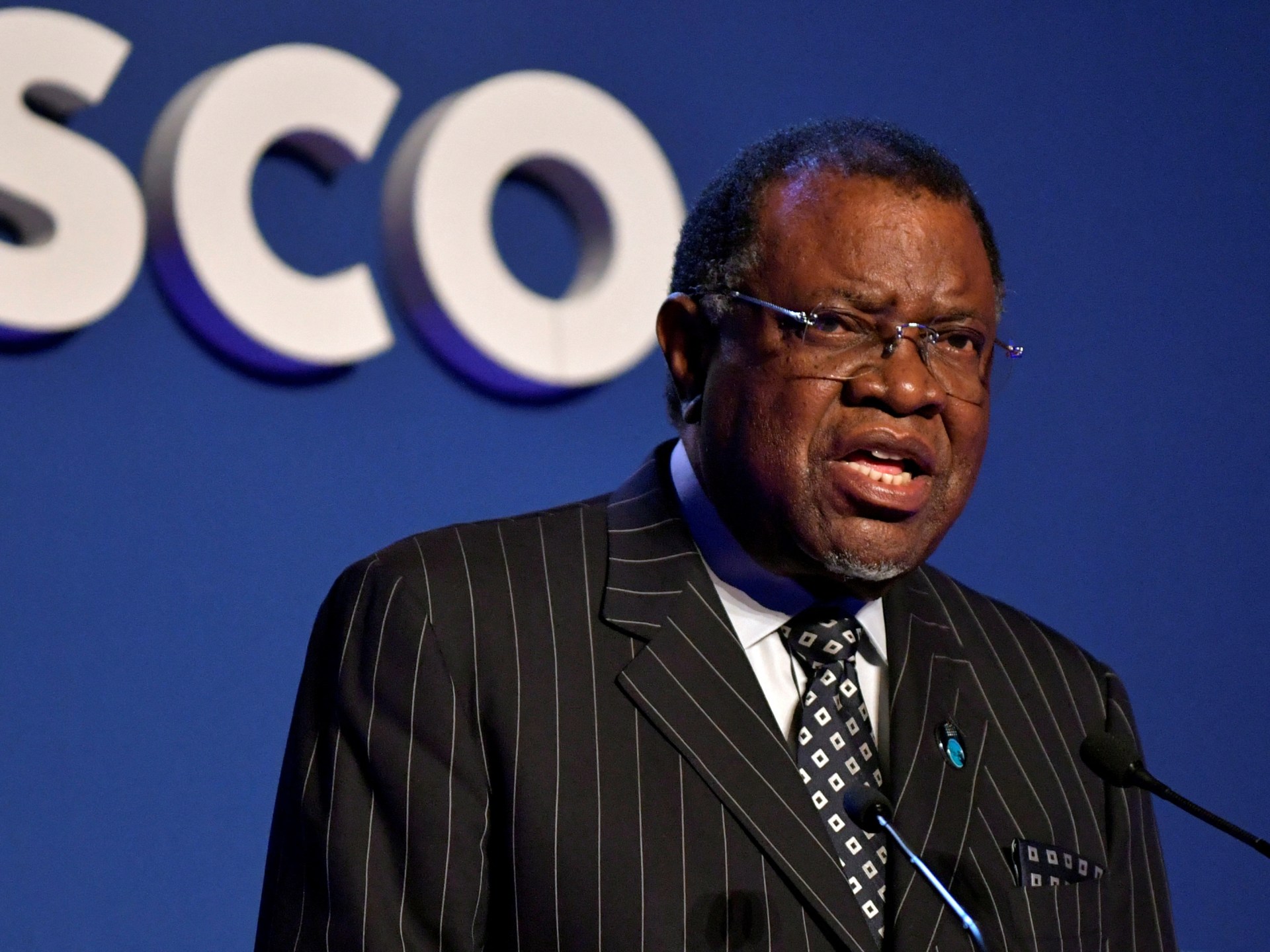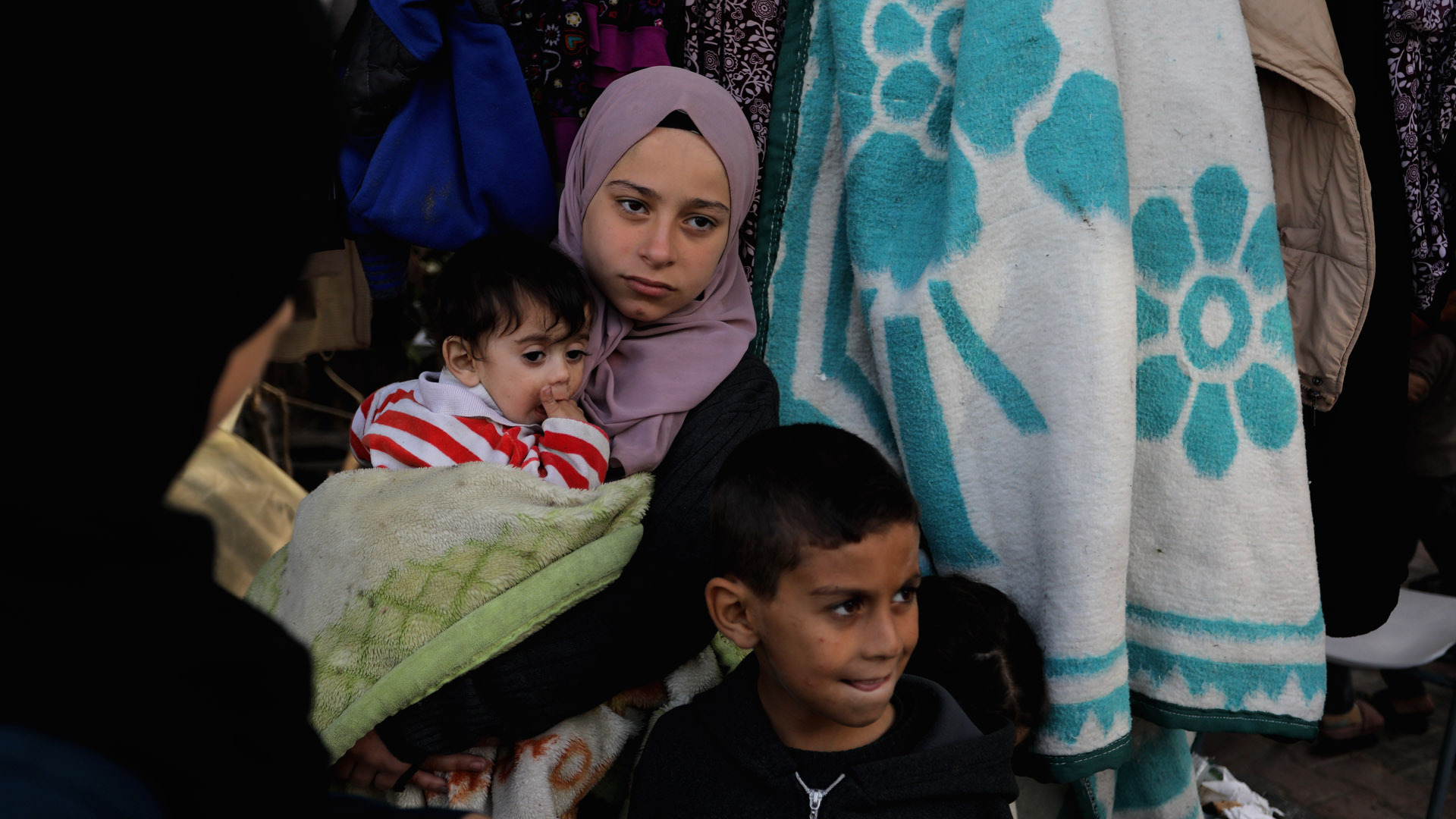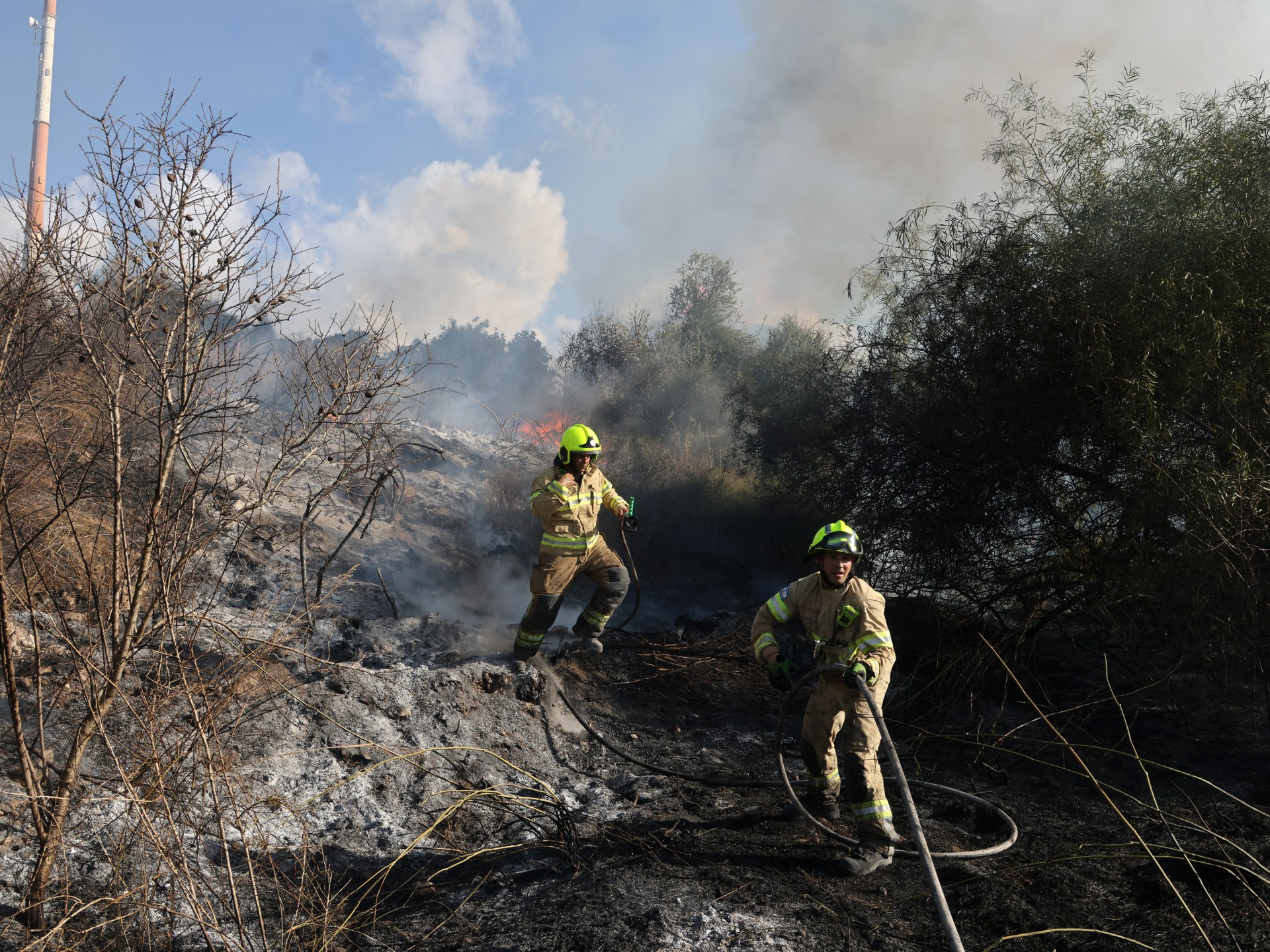Yemen’s Iran-backed Houthi rebels are stepping up attacks on ships in the Red Sea, which they say are revenge against Israel for its military campaign in Gaza.
There are fears that the attacks could escalate Israel’s war against Hamas into a broader regional conflict.
The United States said Sunday that it does not want to enter a broader war but will act in its own defense, after US Navy helicopters sank three Houthi ships that the United States said fired at planes in the Red Sea. The helicopters had been responding to a distress call from the last commercial ship to be attacked by the Houthis.
The attacks have forced some of the world’s largest shipping and oil companies to suspend transit through one of the world’s most important maritime trade routes, potentially causing a shock to the global economy.
Here’s what we know about the Houthis:
Who are the Houthis? The Houthi movement, also known as Ansarallah (Supporters of God), is one side in the Yemeni civil war that has raged for nearly a decade. It emerged in the 1990s, when its leader, Hussein al-Houthi, launched the “Believing Youth,” a religious revival movement of a centuries-old subsect of Shiite Islam called Zaidism.
His closest followers became known as the Houthis.
How did they come to power? Ali Abdullah Saleh, Yemen’s first president after the unification of North and South Yemen in 1990, initially supported the Faithful Youth. But as the movement’s popularity grew and anti-government rhetoric sharpened, it became a threat to Saleh. Things came to a head in 2003, when Saleh supported the US invasion of Iraq, which many Yemenis opposed.
For al-Houthi, the breakup was an opportunity. Taking advantage of public outrage, he organized massive demonstrations. After months of disorder, Saleh issued an arrest warrant.
Al-Houthi was assassinated in September 2004 by Yemeni forces, but his movement lived on. The Houthi military wing grew as more fighters joined the cause. Emboldened by the first Arab Spring protests in 2011, they took control of the northern province of Saada and called for an end to Saleh’s regime.
How powerful are the Houthis? US officials have been tracking iterative improvements in the range, accuracy and lethality of the Houthis’ domestically produced missiles. Initially, locally made Houthi weapons were largely assembled from Iranian components smuggled into Yemen in pieces, an official familiar with US intelligence previously told CNN.
But they have made modifications that have resulted in big overall improvements, the official said. In a novel development, the Houthis have used medium-range ballistic missiles against Israel, firing a volley of projectiles into the Eilat region of southern Israel in early December. Israel said it intercepted the missiles.
While the Houthis may not be able to pose a serious threat to Israel, their technology can wreak havoc in the Red Sea. They have used drones and anti-ship missiles to attack commercial ships (some of which are not believed to be linked to Israel), prompting the US Navy and other warships in the Red Sea to respond to the distress calls.
Read more about the Houthis.

